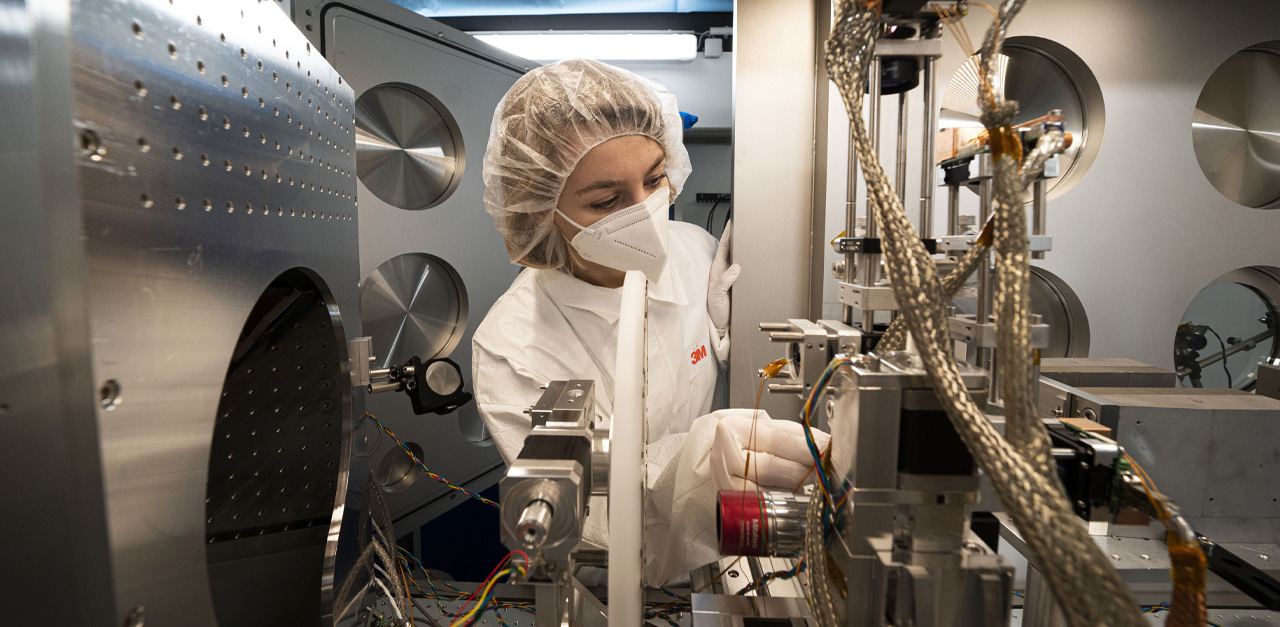High-Field Physics (HF)
Understanding the nucleosynthesis of heavy elements in the universe ranges amongst the key topics currently addressed in nuclear astrophysics. ‘Waiting Points’ at closed nucleon shells play a crucial role in controlling the reaction rates. However, since most of the pathway of heavy-element formation via the rapid-neutron capture process (r-process) runs in ‘terra incognita’of the nuclear landscape, in particular the Waiting Point at the magic neutron number N=126 is yet unexplored and will hardly be experimentally accessible to conventional nuclear reaction schemes even at next-generation radioactive beam facilities.
Laser-induced ion acceleration at upcoming high-power, short-pulse laser systems (like the ATLAS3000 laser at CALA or ELI-NP in Bucharest) will offer the perspective to exploit the unique properties of laser-accelerated ion beams in order to explore the scenario of a new reaction mechanism, especially exploiting the unprecedented high densities of laser accelerated ion bunches. Accelerating fissile heavy-ion species (e.g. 232Th) towards a second target layer of the same material will lead to fission both of the beam-like and target-like particles.
Due to the close to solid-state density of the accelerated ion bunches, fusion may occur between neutron-rich (light) fission products, thus opening an access path towards nuclides in the vicinity of the N=126 waiting point.
Present activities comprise the optimization of laser-driven heavy-ion acceleration (using Au ions), study of collective effects in the ions’ stopping behaviour and investigation of laser-induced nuclear fission.


